On the button: hunting for unidentified acts of design in Huaqiangbei
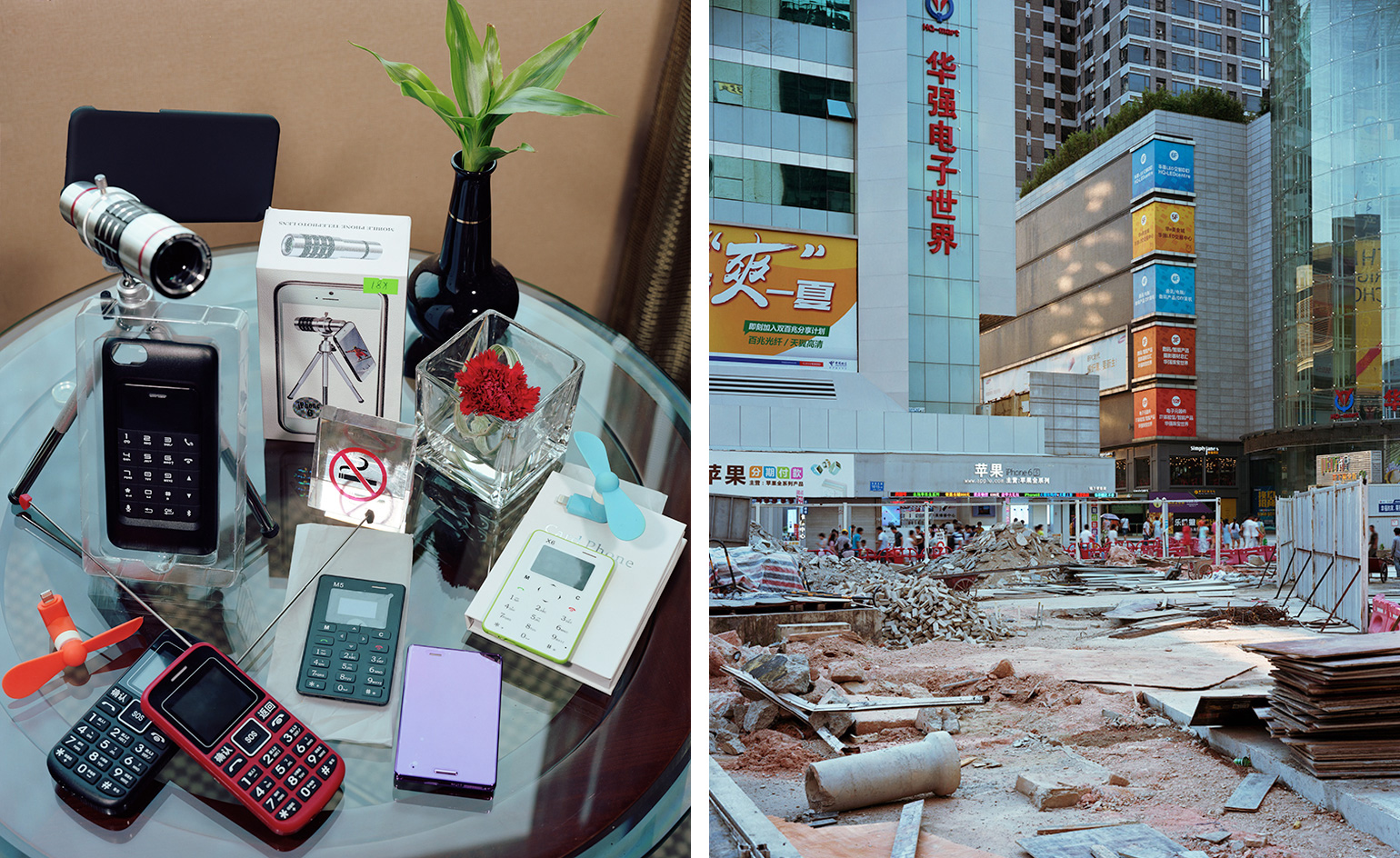
The challenge was not nearly as daunting as it might sound: to find design and innovation in a district of Shenzhen once known as the counterfeit capital of the world.
Stretching about a kilometre and a half in central Shenzhen, Huaqiangbei has been the heart of the city’s electronics industry since the first factories set up there in the early 1980s. Now home to thousands of dealers, stacked and jam-packed in a labyrinthine sprawl, the area continues to churn out dodgy shanzhai (imitation) Apple and Samsung smartphones, alongside all the components you’d need for assembling one yourself. But Huaqiangbei is also looking increasingly like a hotbed for innovation, both big and small.
‘When you come here for the first time, your eyes open wide,’ says Henk Werner, the Dutch co-founder of Trouble Maker, an open start-up accelerator that recently set up shop in the area. Werner’s new space joins a thriving ecosystem of makers and hackers, entrepreneurs and venture capitalists, who are feeding off the region’s manufacturing prowess, quick turnaround times, and heaps of electronic components to concoct the next big thing. On a recent weekend, however, I had a less glamorous mission. As curator for M+, the new museum for visual culture being built in neighbouring Hong Kong, I was looking for what my colleagues at the V&A’s nearby Shekou project have aptly called ‘unidentified acts of design’, the often unsung outputs of processes that lie outside the design mainstream, but that in Shenzhen mark new systems of production that are reshaping the way we make and consume things.
Dodging the drones and hoverboards that were zipping to and fro, I threw museological obsessions like provenance to the wind, and instead sought out phenomena. Looking beyond the city’s rapid-fire ability to mass-proliferate the latest trends, whether hoverboards (so 2015) or virtual-reality glasses (the latest thing), I decided to focus on ‘hybrid objects’, which intriguingly mix and match what’s existing and familiar — a kind of incremental, see-what-sticks innovation — in a way that perhaps only Shenzhen can.
Some examples I found pragmatically address under-served users: building on a widely cited large-button mobile phone for the elderly that started popping up some years ago, a new version, simply labelled Model K2, incorporates a flashlight and radio with retractable antenna. Others were more unwittingly evocative, like the mini-tripod that turns your smartphone into a telescope in an age of growing surveillance.
Somewhere in-between was the ‘card phone’, a credit card-sized mobile phone that looks like a cross between a bank security device and a pocket calculator. With a highly accessible starting price of RMB100 (about $15) in a country where average incomes are still relatively low, it has, since its introduction about two years ago, already generated versions in multiple candy colours and with tiny touchscreens. There’s also a model that snaps onto the back of your smartphone for those who need two numbers (as many migrant workers in China do), but don’t yet have a dual SIM card phone — the latter being another small but notable advance that’s been credited to Shenzhen’s ‘copyists’. Indeed, one begins to wonder where imitation ends and innovation starts.
At the end of my visit, I couldn’t help but pick up a few sheets of holographic stickers of the kind that are often affixed to packaging as a mark of authenticity. You see them everywhere around Huaqiangbei — ready to be applied to anything that one wants to label as an ‘original’.
As originally featured in the October 2016 issue of Wallpaper* (W*211)
Receive our daily digest of inspiration, escapism and design stories from around the world direct to your inbox.
-
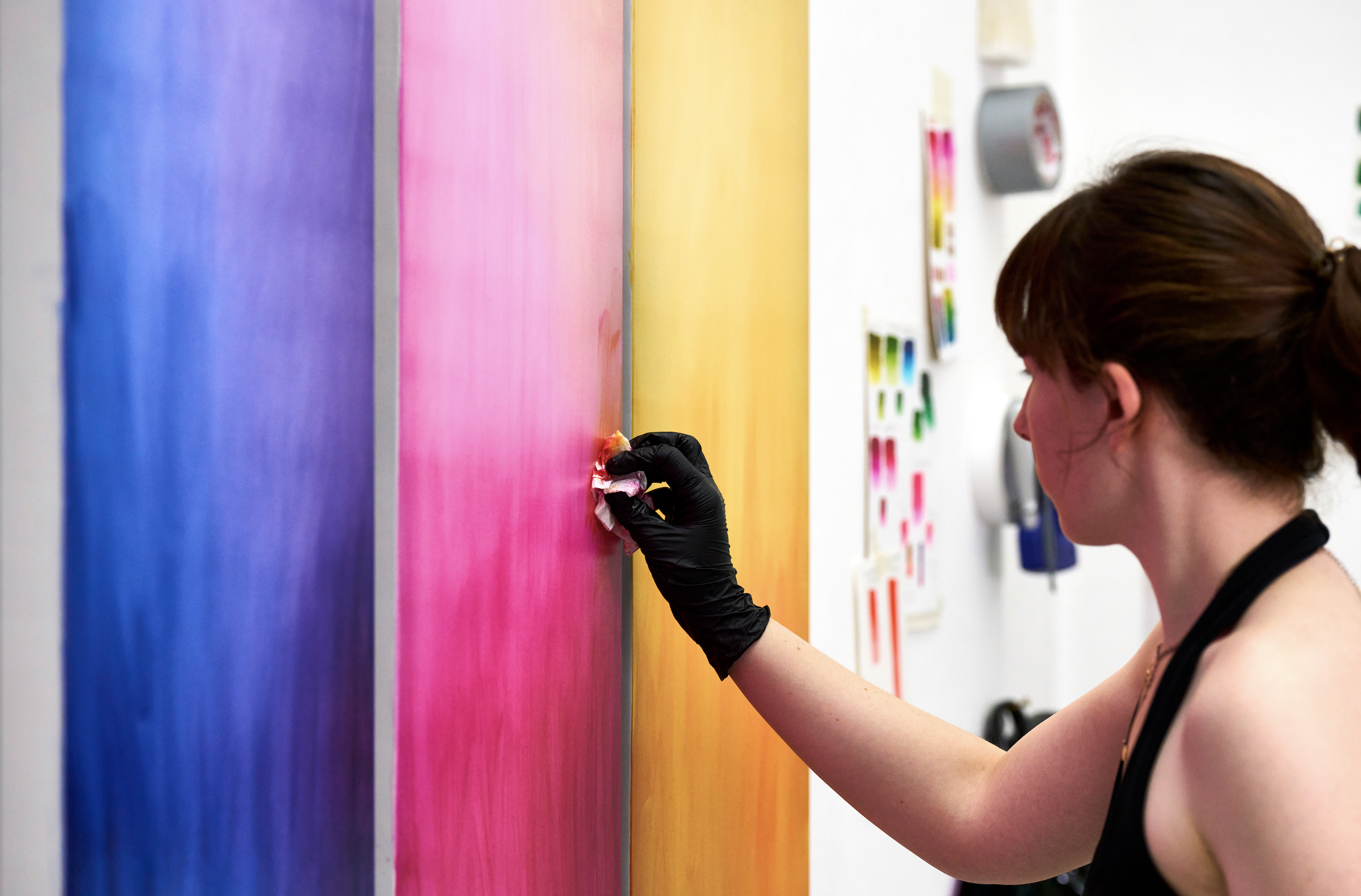 Jaguar spotlights five emerging artists in its inaugural Arts Awards
Jaguar spotlights five emerging artists in its inaugural Arts AwardsThe new Jaguar Arts Awards in partnership with London’s Royal College of Art embody a shared drive to nurture new talent; meet the 2025 winners
-
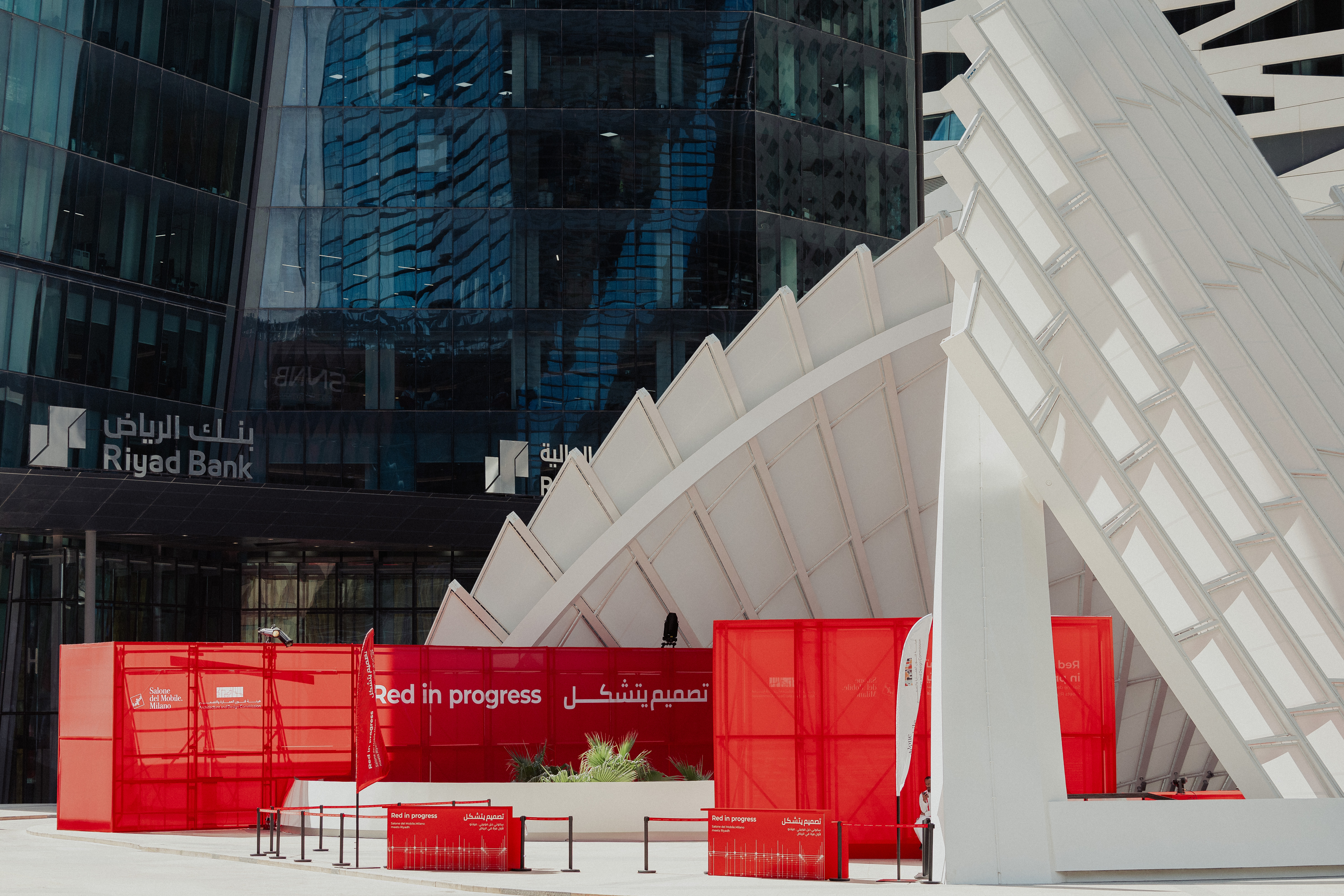 ‘Locally anchored and globally conversant’: Salone del Mobile debuts in Saudi Arabia
‘Locally anchored and globally conversant’: Salone del Mobile debuts in Saudi ArabiaSalone del Mobile lands in Riyadh (26-28 November 2025), bringing its creative and manufacturing know-how to one of the world’s fastest-growing markets and setting the stage for Italo-Saudi design relations
-
 Free flights across Japan? ANA just made it happen
Free flights across Japan? ANA just made it happenA new All Nippon Airways scheme in collaboration with the Japan National Tourism Organization aims to ease overtourism in major hubs by boosting regional travel
-
 Abask, a new curated shopping website, highlights handmade design
Abask, a new curated shopping website, highlights handmade designAbask presents a curated online design shopping experience, thanks to a team of antique enthusiasts, craftspeople and designers
-
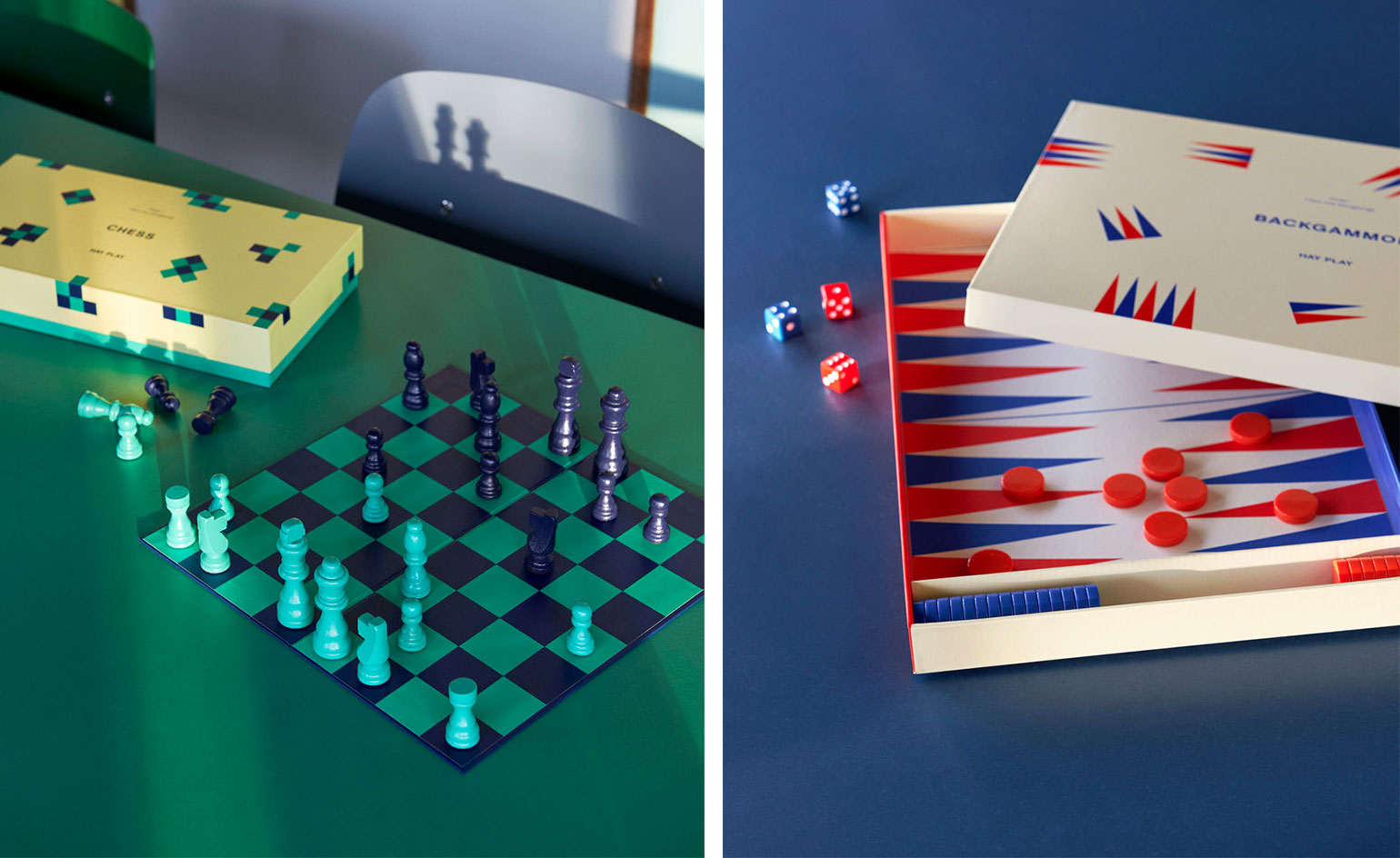 Hay Play reinterprets classic table games
Hay Play reinterprets classic table gamesNewly-launched Hay Play takes the Danish brand’s sleek design and colourful attitude to popular table games, from backgammon to chess and yatzy
-
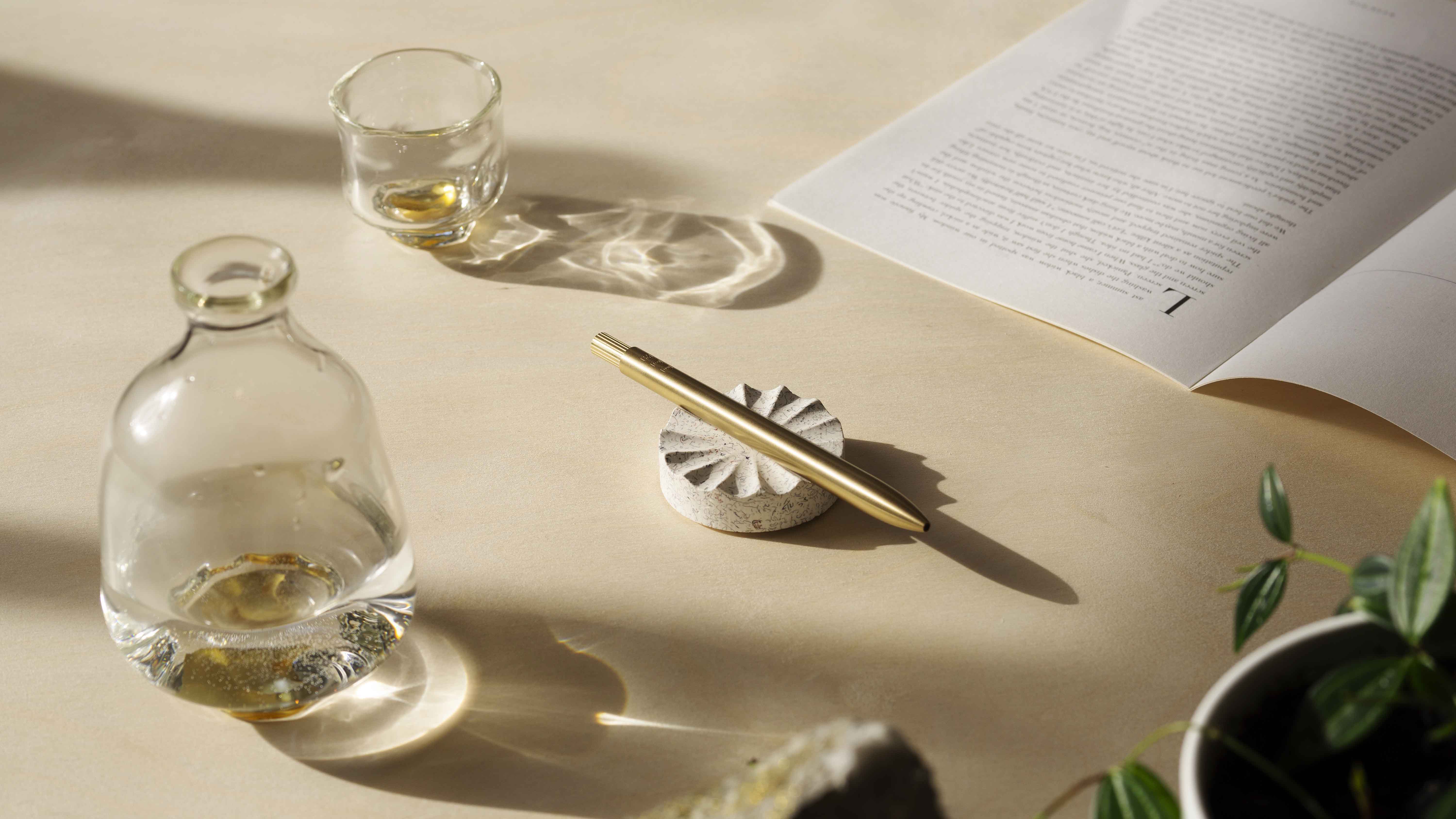 Reclaimed materials transformed into terrazzo by Ajoto and Olivia Aspinall
Reclaimed materials transformed into terrazzo by Ajoto and Olivia AspinallWe take a look at how British writing instruments brand Ajoto uses the waste from its pen manufacturing process to create a minimal pen rest, in collaboration with artisan Olivia Aspinall
-
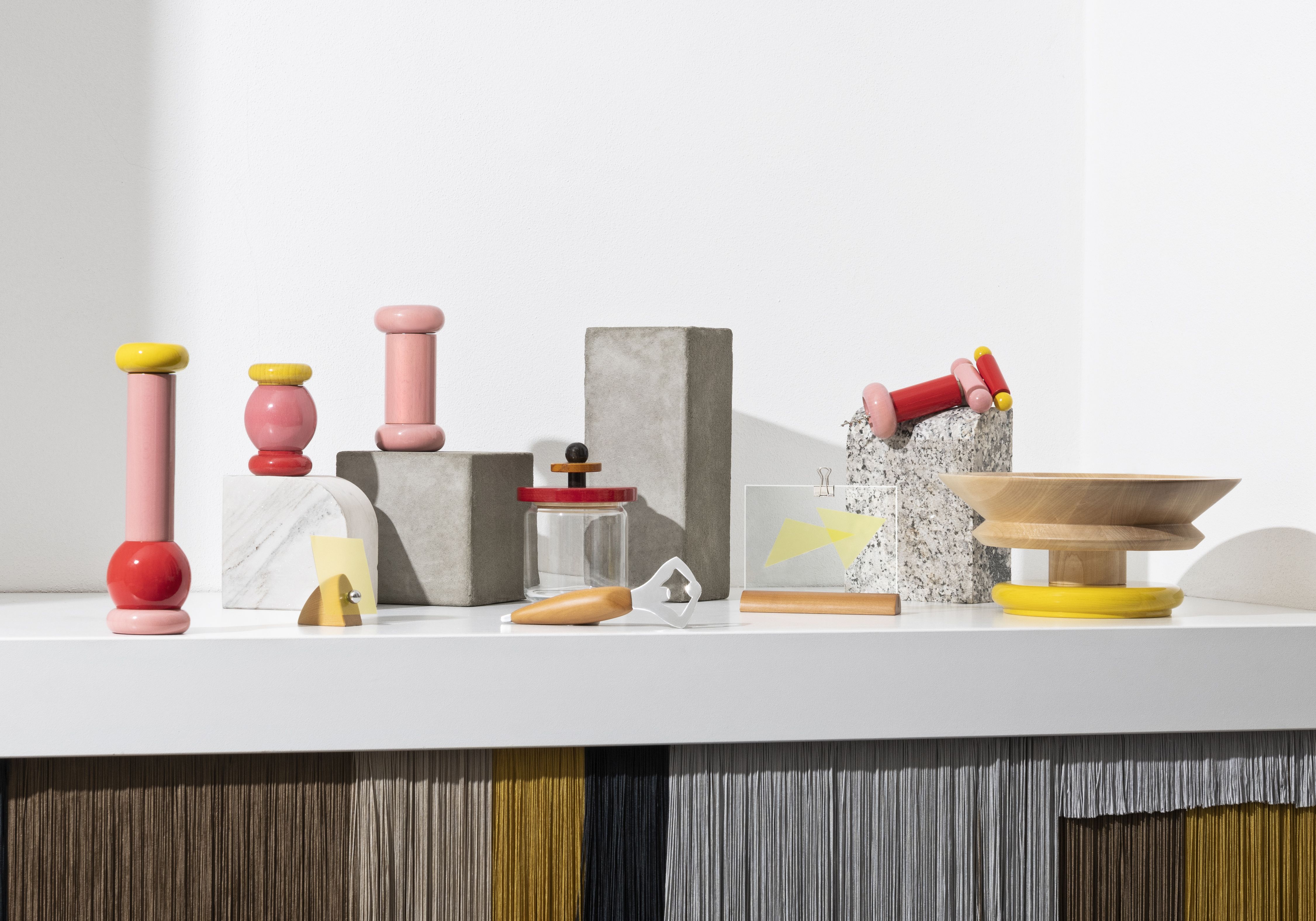 Alessi’s centenary collection celebrates design masters from Sottsass to Castiglioni
Alessi’s centenary collection celebrates design masters from Sottsass to CastiglioniThroughout the year, Alessi has been launching new collections celebrating 100 years of design excellence and creativity, with special editions of iconic pieces by Ettore Sottsass, Achille Castiglioni, Philippe Starck and more. We speak to Alberto Alessi to discover his company's story of design
-
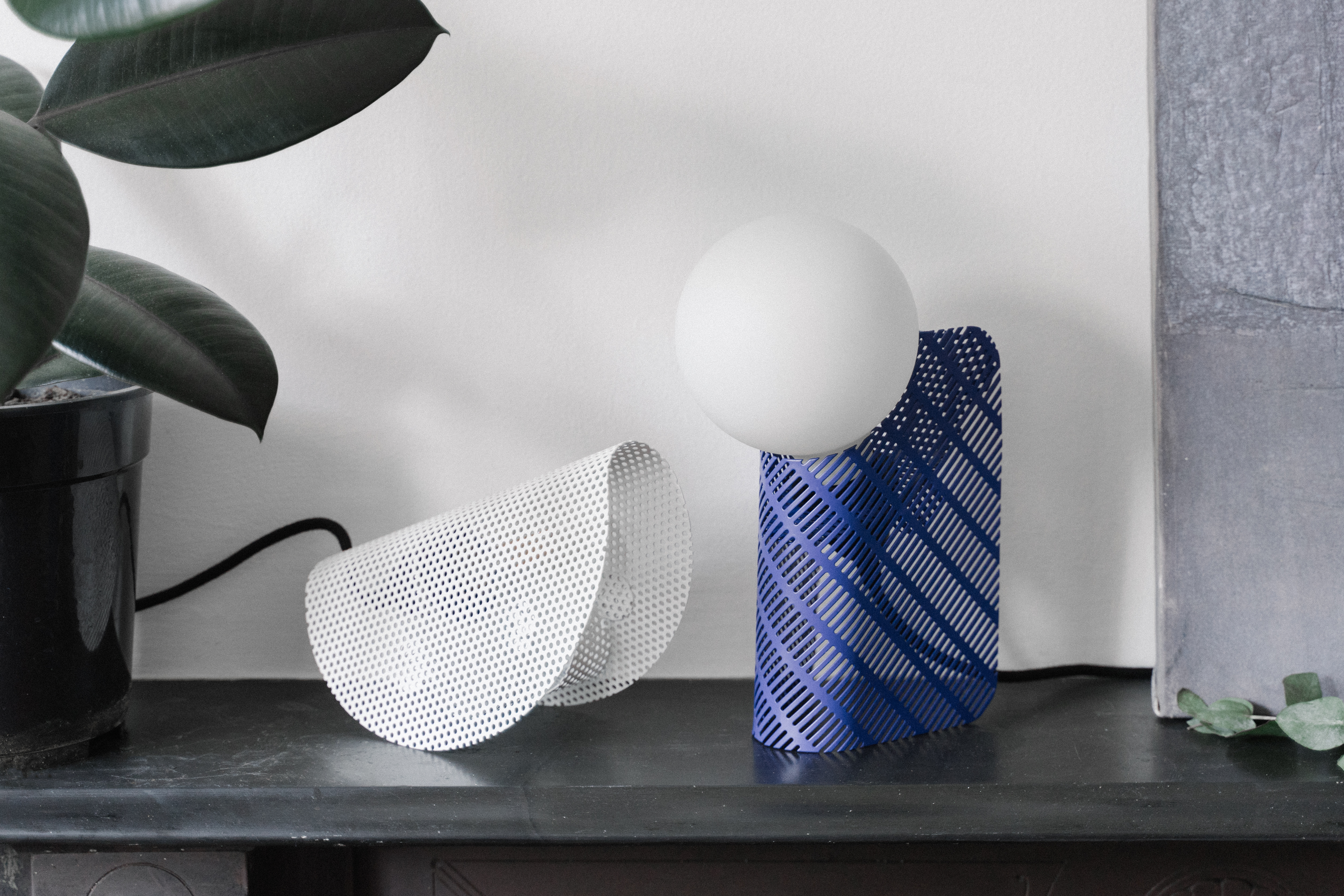 GoodWaste explores design through material leftovers
GoodWaste explores design through material leftoversLaunching its collection as part of Selfridges' Bright New Things, the London-based collective proposes a new model for circular, super local design manufacturing
-
 Raawii enlists ceramic artist Alev Siesbye for a multi-chromatic collection
Raawii enlists ceramic artist Alev Siesbye for a multi-chromatic collectionThe collection by Turkish artist Alev Siesbye for Danish brand Raawii includes cups, boxes and vases in multicoloured hues
-
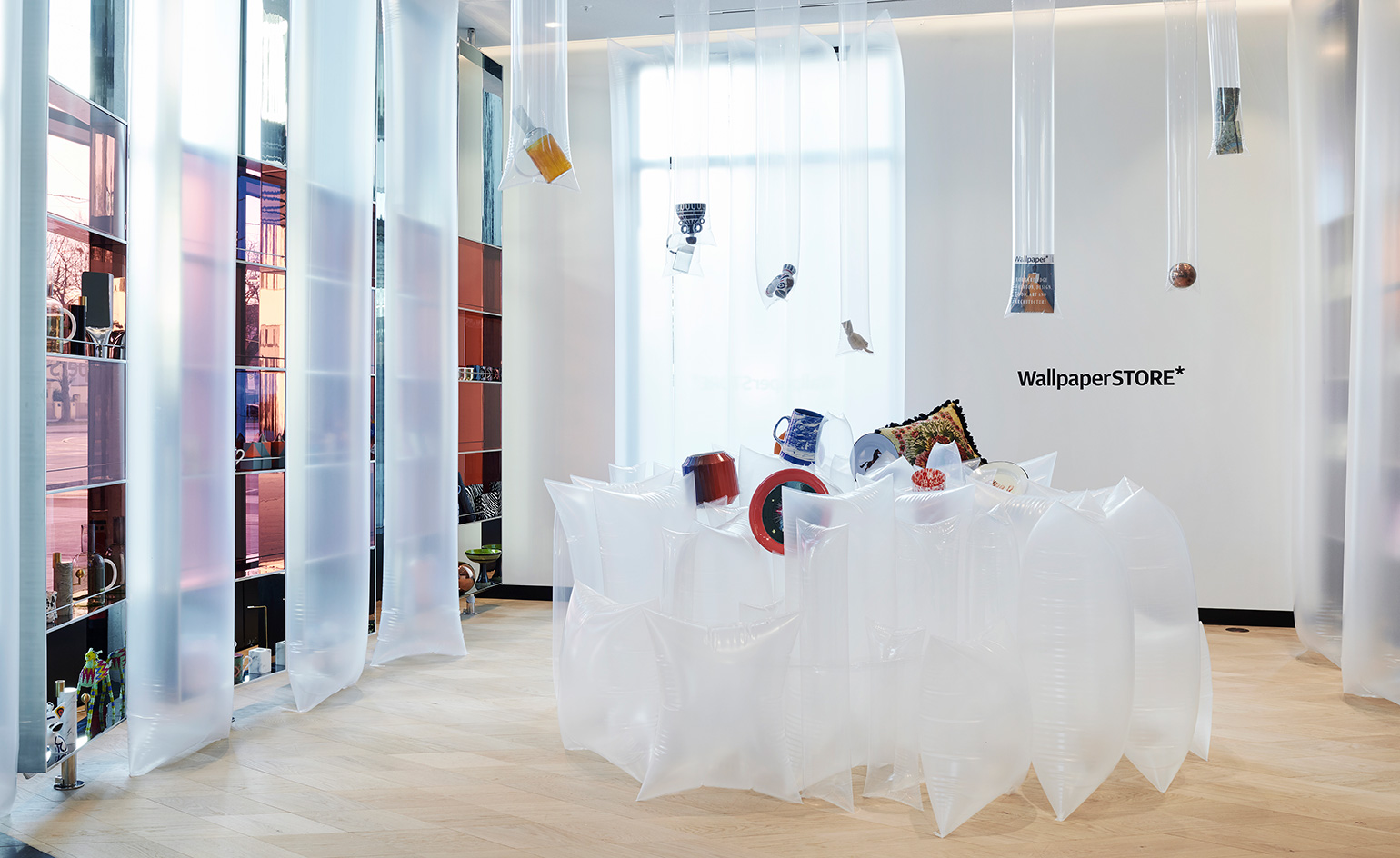 WallpaperSTORE* pop-ups and concept stores from around the globe
WallpaperSTORE* pop-ups and concept stores from around the globe -
 A Swedish design pop-up store opens inside a concrete space in LA
A Swedish design pop-up store opens inside a concrete space in LA